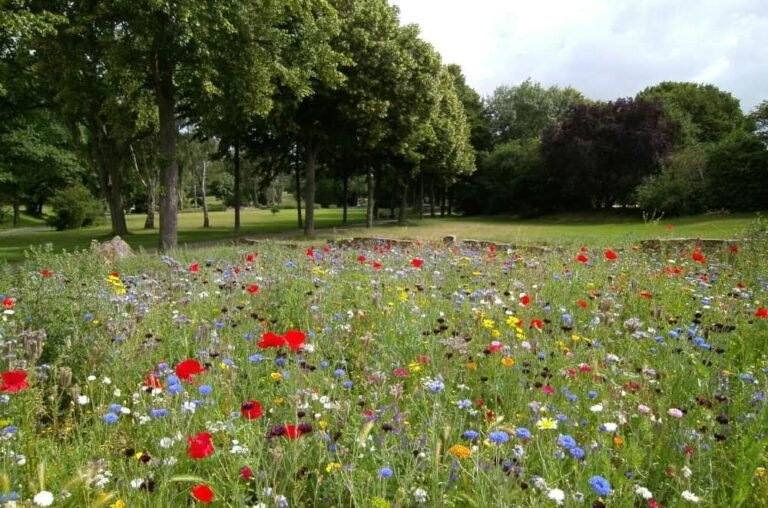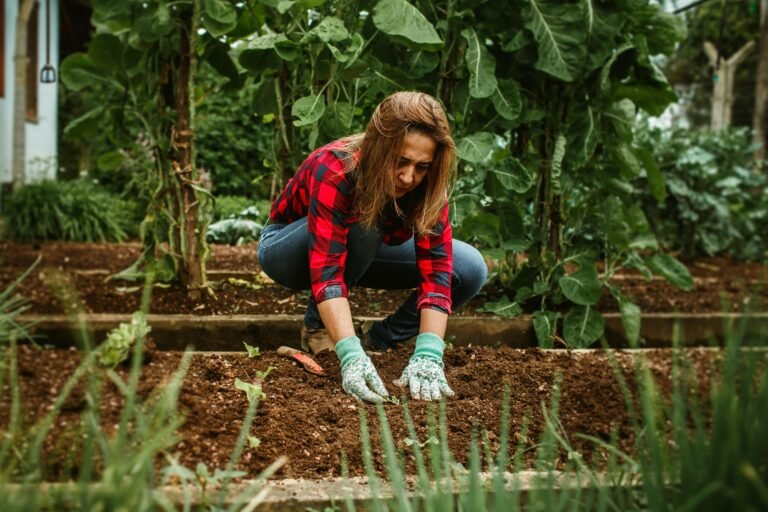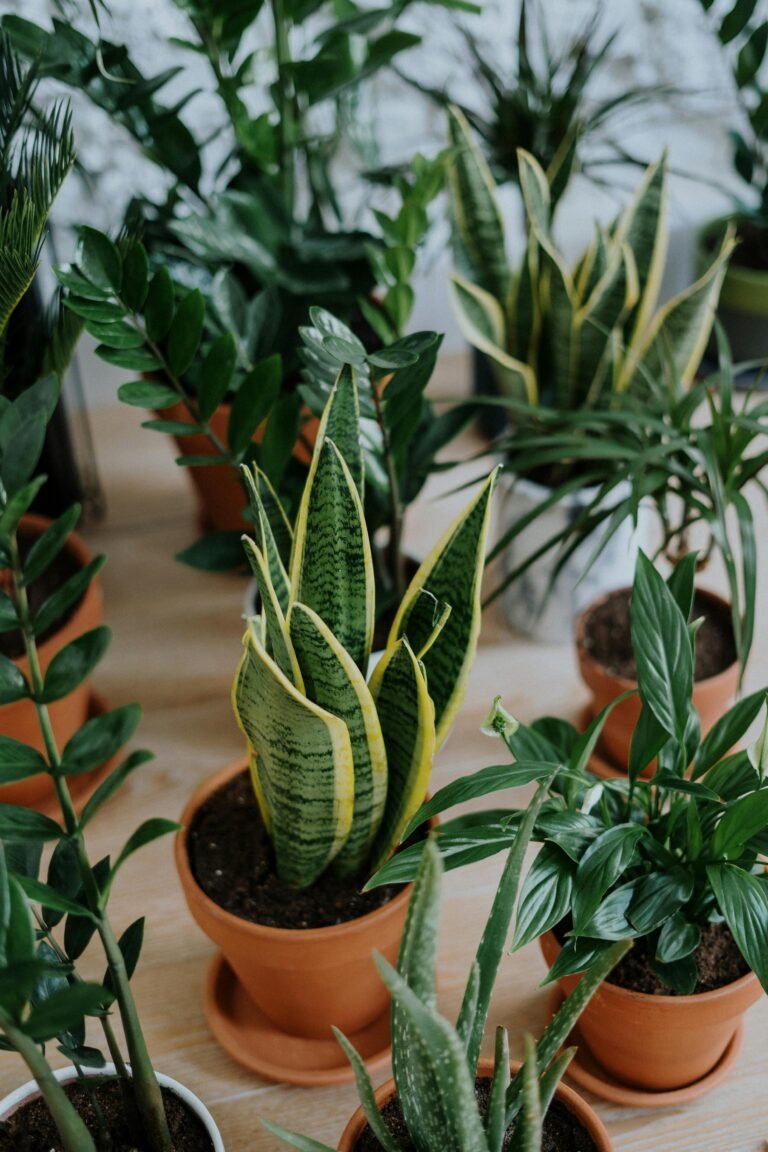Transform Your Small Space with Vertical Gardens:Innovative Ideas and Step-by-Step Guide

Are you a gardening enthusiast with limited space? Do you dream of a lush, green oasis but feel restricted by your tiny outdoor area? You’re not alone. Many gardeners face the challenge of small spaces, yearning to cultivate a vibrant garden but struggling to find the room. The good news is that vertical gardening can turn your limited space into a flourishing green paradise. In this blog, we’ll explore innovative ideas for creating vertical gardens, provide step-by-step instructions for building vertical planters and trellises, and offer tips on selecting plants suitable for vertical gardening. Let’s transform your small space into a beautiful, green haven.
This article may contain affiliate links to trusted partners, which help run this site at no extra cost to you.
Why Choose Vertical Gardening?
Vertical gardening maximizes the use of available space, turning unused walls or fences into vibrant plant displays. This is especially beneficial for those with limited ground area. Beyond aesthetics, vertical gardens offer environmental benefits such as improved air quality and reduced noise pollution. However, there are challenges to consider. Vertical gardens may require more frequent watering and maintenance to ensure that plants thrive in the limited soil available.
Structural support must be robust to hold the weight of the soil and plants, which can sometimes be a hindrance during installation. Selecting the right plants that are suitable for vertical growth and have similar water and light requirements is crucial to avoid uneven growth and maintenance issues. Despite these challenges, the rewards of a beautiful, space-efficient, and eco-friendly garden make vertical gardening a worthwhile endeavor.
Step-by-Step Instructions for Building Vertical Planters and Trellises
Materials Needed:
- Wooden pallets or frames
- Hanging pots or containers
- Trellises
- Wall-mounted planters
- Potting soil
- Plants
- Screws and brackets
- Drill
- Measuring tape
- Level
Instructions:
- Choose Your Structure:
Select a sturdy structure such as a wooden pallet, trellis, or wall-mounted planter. Ensure it can support the weight of the soil and plants. Choose a structure based on your garden space and plant types. - Prepare the Structure:
If using a wooden pallet, sand it down to remove any rough edges. Securely attach brackets and screws to mount the structure on your chosen wall. Smooth all edges to avoid damage to plants during maintenance. - Attach Planters or Pots:
Attach pots or containers to the structure. Ensure they are evenly spaced and securely fastened to hold the weight of the plants and soil. Use a level for precise measurement and optimal arrangement. - Add Potting Soil:
Fill each planter or container with potting soil suitable for the plants you intend to grow. Choose high-quality potting soil tailored to your plant selection for the best results. - Plant Selection:
Choose plants that are suitable for vertical gardening, such as varieties with shallow root systems. Ensure they have similar water and light requirements to avoid uneven growth. - Plant Your Garden:
Place your plants into the soil, arranging them in a visually appealing manner. Taller plants should be placed higher to avoid shading smaller ones. - Watering and Maintenance:
Water your vertical garden regularly, ensuring that each plant receives adequate moisture. Use a drip irrigation system if possible to simplify the process. Regularly check for pests and remove dead leaves to keep your garden healthy.
Tips for Selecting Plants Suitable for Vertical Gardening
- Light Requirements:
Choose plants based on the amount of sunlight your garden receives. Some plants thrive in full sun, while others prefer shade. - Compact Growth Habits:
Opt for plants with compact growth habits or those that can trail downwards, such as vines and climbers. This efficiently uses vertical space and adds visual interest but requires regular pruning. - Water Requirements:
Select plants with similar water requirements to simplify maintenance and reduce the risk of over or underwatering. - Suggested Plants for Vertical Gardens:
- Herbs: Basil, parsley, mint, thyme, and chives.
- Vegetables: Lettuce, spinach, cherry tomatoes, and peppers.
- Flowers: Petunias, fuchsias, begonias, and nasturtiums.
- Vines: Ivy, pothos, and morning glories.
Creative Ideas for Vertical Gardening
- Living Wall:
Create a stunning living wall by covering an entire section of your outdoor space with plants. Start with a smaller section and gradually expand. - Hanging Pots:
Use hanging pots to create a cascading effect with trailing plants. This makes use of overhead space but requires secure hanging points and regular watering. - Climbing Plants on Trellises:
Grow climbing plants on trellises to add height and interest to your garden. Regular maintenance and pruning are necessary to train plants along the trellis structure. - Repurpose Wooden Pallets:
Repurpose wooden pallets into vertical planters for an eco-friendly garden. Use landscape fabric to create pockets and hold soil in place.
Common Mistakes to Avoid in Vertical Gardening
- Structural Issues:
Not considering the weight of the plants and soil can lead to structural failure. Always ensure your structure is sturdy enough to support your garden. - Watering Mistakes:
Overwatering or underwatering is a common issue in vertical gardens. Consistent moisture levels are crucial for plant health.
Understanding these aspects is vital for a successful vertical garden. Not only will this ensure the longevity of your plants, but it will also maximize the visual appeal and environmental benefits. Engaging with these tips will help you avoid pitfalls and make the most of your small-space gardening project.
Feel inspired to start your own vertical garden? Please share your thoughts, ideas, and experiences in the comments below!




